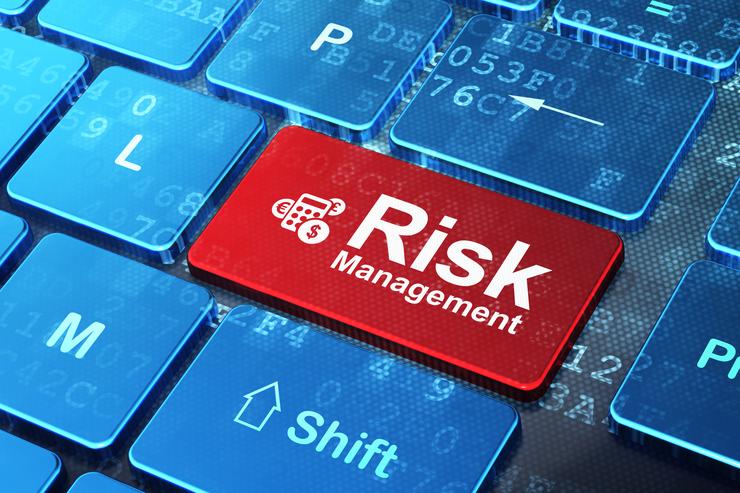Startups are one of the burgeoning fields within the tech industry. Although they may not be as influential as some of the tech giants like Amazon, Google, and Apple, they still represent a major part of the field. As the startup industry grows to become a serious contender, they are beginning to be much more ubiquitous throughout tech. Like any business, startups have a myriad of sensitive data. From supply chain data, customer information, social media accounts, and more, there is much that can be stolen by digital thieves from a startup. Because they have so much information stored, startups are prime targets for malicious hackers, which is why they need to manage and protect themselves from digital risk.
Understanding digital risk is imperative for knowing how to protect your company from falling victim to it. Digital risk can be broken down into a few categories. Firstly, is data loss detection, which is the idea that your startup needs to regularly monitor for exposed data such as documentation, credentials, and intellectual property. Next is defending online brand security, which includes protecting social media accounts, mobile apps, and identifying phishing scams by searching for impersonations of your brand. This can be incredibly detrimental, because if your customers fall prey to these schemes, this can hurt your customer trust and loyalty, as well as impact your company’s revenue. You will also want to manage attack surface reduction, which is shielding your business’ expanding IT infrastructure (including weak and expiring certificates, misconfigured file sharing protocols, and open ports) from attackers.
Once you comprehend the different facets of digital risk, you can then learn how to manage and protect yourself from it. There are a multitude of methods that can aid with your digital risk management and in order to truly defend yourself against attackers, you need to be cognizant of all approaches to protect your startup. You should start with identifying your critical business assets by determining what sensitive data your company has. Whether it is customer and employee data, organizations’ data, or systems data, you need to figure out what you are looking to protect. You then need to asses the potential threats to your business – think about a threat’s behavior and understand the opportunities that may be available to threat actors in order for you to comprehend the problems you are looking to guard yourself from. Another action you need to take is to monitor for unwanted exposure, ranging across numerous facets. You should be monitoring everything from file-sharing sites, to criminal forums, to dark web pages, and others as well.
After performing all of these steps, you need to then take action and protect against digital risk. You can do this by attacking surface reduction, removing offending content from sites, implementing networking blocking actions, applying a monitoring strategy, embed security operations, update risk and threat models, and more. Understanding what digital risk is, knowing how to identify it within your company, and taking the steps towards managing it are essential in ensuring that your tech startup is safe from attacks.
As the world becomes more interconnected with technology, more problems are produced with security. Security is one of the most important factors in the startup industry and learning about digital risk management is essential for any tech company. By integrating a digital risk management program into your business, you are sure to reduce your company’s potential for threats.
